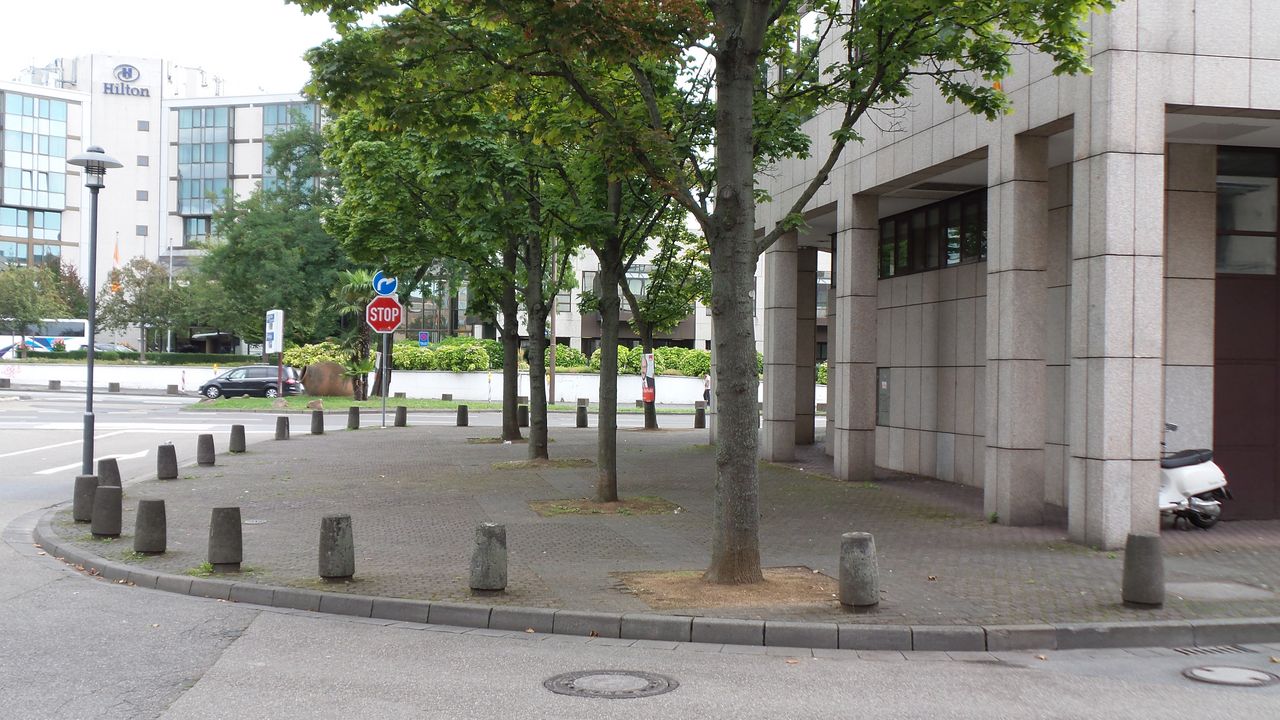Climate Biomonitoring with Lichens in Bavaria

Starting point and question
Lichens are communities of fungi and algae or cyanobacteria that settle on tree bark, rocks or on the ground. Due to their direct contact with the atmosphere, without a protective wax layer as in higher plants, they react extremely sensitively and relatively early to changes in temperature and humidity. With climate change, the diversity of the lichen population is therefore also changing, and several species are classified as climate change indicators.
This change in the lichen community has already become apparent in past lichen surveys and it can be assumed that the number of heat-loving lichen species in Bavaria will continue to increase from the west. The correlation with long-term climate data provided good results, so that a climate gradient becomes visible.
Lichens are also ideal bioindicators of urban climate. In city centres with a high degree of surface sealing, it is usually drier and warmer than in the surrounding countryside. Microclimatic conditions prevail here that allow only certain, few lichen species to enter these areas. In urban cold air corridors, on the other hand, lichens in need of moisture find favourable living conditions. The effects of these local microclimate differences are to be studied with the help of specific lichen populations.
Objectives
In three Bavarian cities, it is intended to work out the effects of the local microclimatic conditions. Both the cold air corridors and the sealed city centres are to be considered in order to represent urban climate effects. Climate data and information from DWD stations will be used. In the regional area, the advance of heat-loving lichen species is to show the influence of climatic changes on biodiversity.
The results can be used to present statements on urban climate in an easily comprehensible way and to effectively support public relations work. Recommendations for action can be proposed to the selected cities. Climate monitoring with lichens is to be included in the climate indicator system of the Bavarian Environment Agency.
Methods
The VDI (Verein Deutscher Ingenieure e.V.) guideline series 3957 summarises standardised procedures for active and passive biomonitoring with higher plants, lichens and mosses as bioindicators. VDI 3957 Sheet 20 describes the mapping of lichens to determine the effect of local climate changes. The investigation of urban climate effects takes into account the first edition of VDI 3957 Sheet 22.